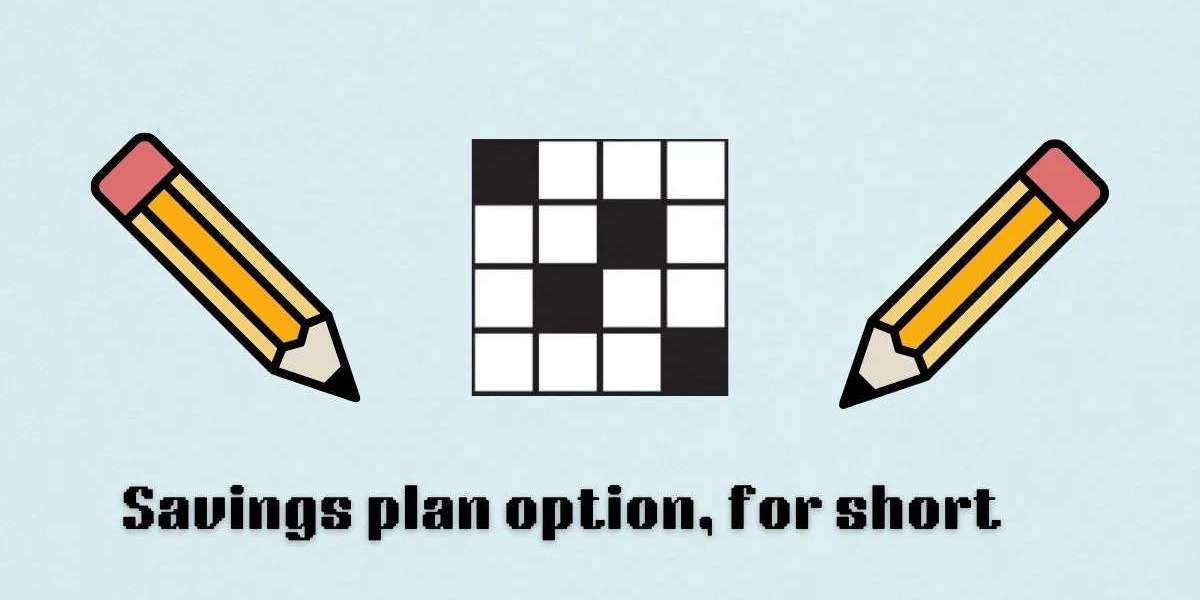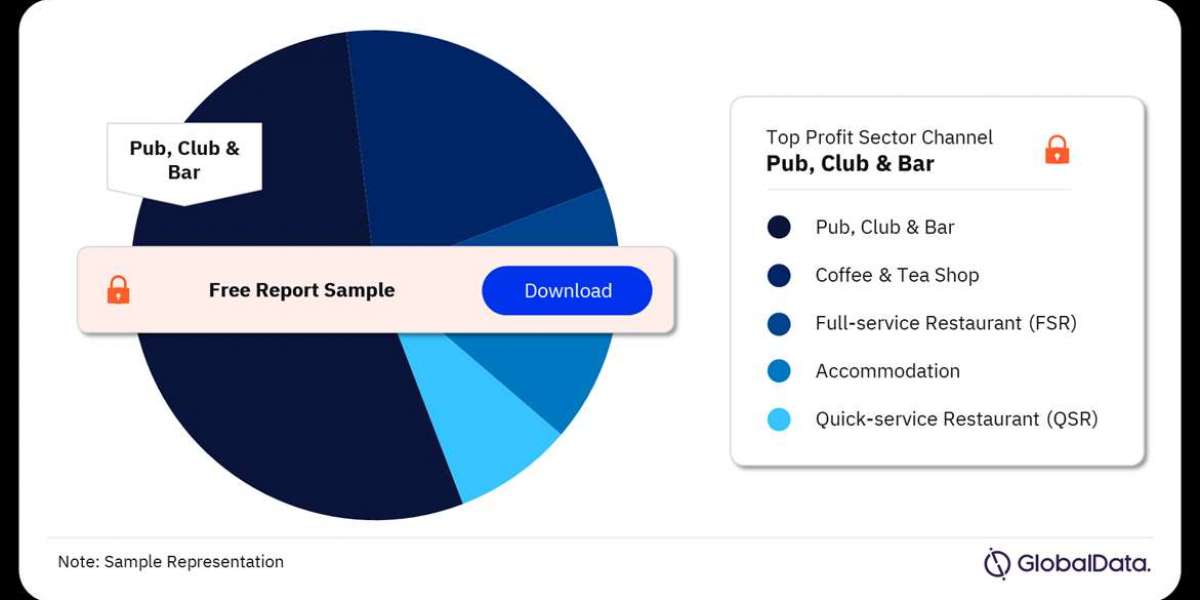When it comes to achieving short-term financial goals, having a well-structured savings plan is essential. Whether you're saving for a vacation, a new gadget, or an emergency fund, understanding the pros and cons of different savings options can help you make the best decision. This article explores the various Savings Plan Options For Short-Term goals, outlining their advantages and disadvantages to help you choose the right one for your needs.
Understanding Short-Term Financial Goals
Before diving into specific savings options, it’s important to clarify what short-term financial goals are. Generally, short-term goals refer to financial objectives that you aim to achieve within a few months to a few years (usually less than three years). These goals could include:
Saving for a down payment on a car
Building an emergency fund
Going on a vacation
Paying off a small debt
Saving for a new appliance or gadget
Each of these goals requires a different approach to saving, depending on the amount of money needed and the timeframe involved. Now let’s look at the most common savings plan option for short-term financial goals and evaluate their pros and cons.
1. High-Yield Savings Accounts
A high-yield savings account is one of the most popular and safest savings options for short-term goals. These accounts are offered by banks and online financial institutions, providing a higher interest rate than standard savings accounts. High-yield savings accounts are typically FDIC insured, making them a safe place to store your money.
Pros:
Safety: Your deposits are insured up to $250,000 by the FDIC, so your money is protected.
Liquidity: You can easily access your funds without penalties, which is essential for short-term goals where you may need your savings quickly.
Better Interest Rates: High-yield savings accounts offer interest rates that are higher than traditional savings accounts, allowing your savings to grow faster.
Cons:
Lower Returns: Even with higher interest rates, high-yield savings accounts generally provide lower returns compared to other investment options. Your money may not grow significantly in a short period.
Inflation Risk: While your money earns interest, the returns may not always outpace inflation, meaning the purchasing power of your savings may decrease over time.
Ideal for:
Short-term goals where safety, liquidity, and easy access are the priorities, such as building an emergency fund or saving for a small purchase.
2. Money Market Accounts
Money market accounts (MMAs) are similar to high-yield savings accounts but offer additional benefits such as check-writing privileges and debit card access. They typically offer competitive interest rates and are also FDIC-insured.
Pros:
Higher Interest Rates: Money market accounts often provide better interest rates than traditional savings accounts, making them a good option for growing your savings.
Liquidity: You can easily access your money, and some MMAs allow you to write checks or make withdrawals at ATMs.
Low Risk: MMAs are generally safe because they are insured by the FDIC, providing peace of mind.
Cons:
Higher Minimum Balance Requirements: Many MMAs require a higher minimum balance to open and avoid fees. This can be a challenge for those saving smaller amounts.
Limited Transactions: You may be limited in the number of transactions you can make per month, which could be restrictive for people who need frequent access to their money.
Ideal for:
People who have a bit more savings to work with and are looking for a safe, flexible option with easy access to their funds. MMAs are good for slightly larger short-term goals, such as saving for a vacation or a car down payment.
3. Certificate of Deposit (CD)
A certificate of deposit (CD) is a time deposit offered by banks where you commit to keeping your money in the account for a fixed term (ranging from a few months to several years). In return, the bank offers a fixed interest rate for the duration of the term.
Pros:
Guaranteed Returns: CDs offer a fixed interest rate, meaning you know exactly how much you’ll earn over the term.
Safety: Like high-yield savings accounts and money market accounts, CDs are FDIC-insured up to $250,000, making them a low-risk option.
Higher Interest Rates: Compared to standard savings accounts, CDs typically offer better interest rates, making them a good option for those willing to lock in their money for a short time.
Cons:
Lack of Liquidity: The biggest downside of a CD is that you can’t access your money until the term expires without incurring a penalty. This lack of flexibility makes it less suitable for goals that require quick access to funds.
Minimum Deposit Requirements: Some CDs have minimum deposit requirements, which may make it difficult for those saving smaller amounts to benefit.
Penalty for Early Withdrawal: If you need to access your funds before the maturity date, you will face an early withdrawal penalty, which can eat into your interest earnings or even your initial deposit.
Ideal for:
People saving for a specific short-term goal who are sure they won’t need access to their funds before the term expires. A CD is ideal for saving for a fixed expense, such as a home improvement project or a planned purchase in the future.
4. Short-Term Bonds or Bond Funds
Short-term bonds or bond funds invest in debt securities with short durations, typically ranging from one to three years. These investments tend to be less volatile than long-term bonds and are often used by people looking to earn better returns than a savings account while maintaining a relatively low level of risk.
Pros:
Higher Potential Returns: Short-term bonds tend to offer higher returns than traditional savings accounts or CDs.
Diversification: Bond funds allow you to diversify your savings across different securities, potentially reducing risk.
Less Volatility: Short-term bonds are less sensitive to interest rate changes than long-term bonds, making them a safer bet for those with short-term goals.
Cons:
Moderate Risk: While short-term bonds are less volatile than long-term bonds, they still carry some risk, particularly in the case of bond funds.
Liquidity Concerns: While bond funds are generally liquid, selling bonds before maturity could result in a lower-than-expected return, especially if interest rates have fluctuated.
Ideal for:
Individuals with slightly higher risk tolerance who are looking for better returns and are saving for goals like a car purchase or home improvement project within a few years.
5. Peer-to-Peer Lending
Peer-to-peer (P2P) lending platforms allow you to lend money to individuals or small businesses in exchange for interest payments. This is a relatively new and innovative option for growing your savings.
Pros:
Potential for High Returns: P2P lending platforms can offer higher returns than traditional savings accounts or CDs.
Flexibility: You have the option to choose which loans to fund, allowing you to tailor your investments based on your risk tolerance.
Cons:
Higher Risk: P2P lending is much riskier than other savings options, as there’s no guarantee that borrowers will repay their loans.
Lack of FDIC Insurance: P2P lending is not insured by the FDIC, which means there is no protection for your funds in case a borrower defaults.
Ideal for:
Savers with a high-risk tolerance who are looking for potentially higher returns and are willing to take on the uncertainty of lending money directly to individuals or businesses.
Conclusion: Choosing the Right Savings Plan Option for Short-Term Goals
When choosing a savings plan option for short-term financial goals, it’s essential to consider your specific needs, including your risk tolerance, liquidity requirements, and the timeframe for your goals. High-yield savings accounts and money market accounts are ideal for those looking for safety, liquidity, and moderate returns. On the other hand, certificates of deposit and short-term bonds may be better options for those willing to lock in their money for a fixed term in exchange for higher returns. Finally, for those with a higher risk tolerance, P2P lending could offer the potential for even greater returns. You can visit Trendinghub24 to get more information.







